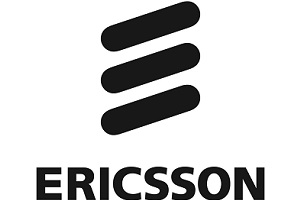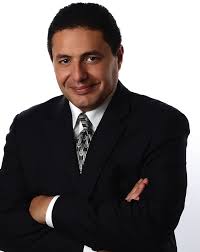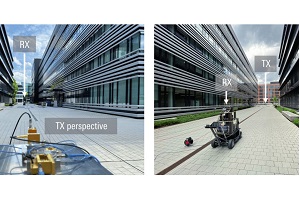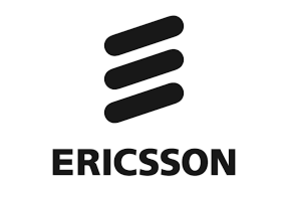With its promise of ultra-low latency, high speeds and capacity for an almost limitless volume of data traffic, 5G has been heralded as a revolution for mobile communications, writes Sameh Yamany, the chief technology officer at VIAVI Solutions.
According to GSMA, 5G technology will transform the role that telecoms technology plays in society, fueling economic growth and pervasive digitalisation of a hyper-connected society wherein people are connected to the network whenever needed, joined by myriad devices and things.
Service providers will all have a part to play in this radical transformation, of course, but their end game will always be to monetise network investments to replace revenue erosion from over-the-top (OTT) players and smartphone market saturation, to stabilise their capex and opex, and create new, expansive revenue streams. Each of the new use cases enabled by 5G, however, will have its own unique set of requirements in terms of performance, as well as network and service quality. As such, it’s vital that service providers slice the network according to use case and implement service assurance, test and measurement for each use case across every industry.
Testing times
While communications service providers (CSPs) like AT&T and Verizon deployed limited 5G networks toward the end of 2018, the launch of full end-to-end 5G networks is expected during the first half of 2019. With a full 5G rollout now imminent, CSPs have been carrying out critical testing across several aspects of the ecosystem. However, from lab testing of new features and interfaces specific to 5G, through to the validation of infrastructure used in pilot network deployments, much work remains.
The unique complexity of 5G creates several challenges when it comes to testing, assurance and optimization. In order to deliver more data bandwidth, for example, 5G new radio (NR) will make use of extremely high-frequency millimeter wave (mmWave) bands, which can only be demonstrated by using over-the-air (OTA) testing and some specialist chambers. The beamforming and massive multiple input/multiple output (MIMO) techniques employed to increase overall spectral efficiency present additional challenges. Massive MIMO in 5G can often have more than 256 array elements, requiring a large number of radio channels, meaning that traditional cable testing won’t always be viable or cost-effective, while the addition of complicated beamforming can seriously impact the testing process.
Network slicing, while crucial to meet the service demands of different use cases, is not without its challenges. Currently, there is a lack of slice definition or the associated network and service function distributions that mirror the demands of unique industry verticals. For example, each slice will have its own performance requirements, meaning services that make use of one slice will have entirely different service level agreements (SLAs) than those using another slice. For network slicing to deliver the multi-faceted benefits being touted, each slice needs vigorous prototyping, testing and continuous assurance and optimisation. Robust testing and continuous assurance are essential to guaranteeing that each network slice delivers the particular benefits it promises.
Automate assurance
Once a 5G network is finally deployed, the priority for CSPs becomes the ongoing testing of services and applications to reassure customers that they will perform as expected in their respective use case. In time, however, as the number of networks grows, and the number of multiple different network slices along with it, CSPs will inevitably turn to automation for service assurance and optimisation.
With virtual network function (VNF) agents deployed within each service slice, assurance and optimisation will be intrinsically linked to the services themselves, thereby enabling automated root-cause analysis with service impact assessed in real-time, and any issues will be automatically addressed and remediated to minimize impact on end users and to optimize the service slice efficiency. Should component failure or insufficient computation or storage be the root cause of a problem, for example, a ticket automatically will be created for either the repair of the defective element, redistribution of the virtual components or to initiate a request for additional computational or storage resources.
Real-time analytics will ensure that SLAs are met, even as services evolve and change, by monitoring the network resources or functions infrastructure for overload, congestion, faults and anomalies that might impact service, as well as providing detailed insight into the activities of services, applications and devices across the network.
With such measures in place, CSPs can be assured that every application and service on each specific slice of the 5G network delivers the best possible performance.
Reach the end game
5G represents huge potential for CSPs to provide a range of new and enhanced services and applications, offering speeds, latency and data bandwidth never before possible. Assuring the performance of these services and applications is crucial, however, if CSPs are to effectively monetise the 5G network.
It’s vital, therefore, that they address the testing, assurance and optimisation challenges that this new network technology presents, employing virtualised, automated solutions to monitor and measure the performance of every service on every slice for the best possible performance for every use case. Because ubiquitous connectivity without quality of experience would fall far short of the end goal.












